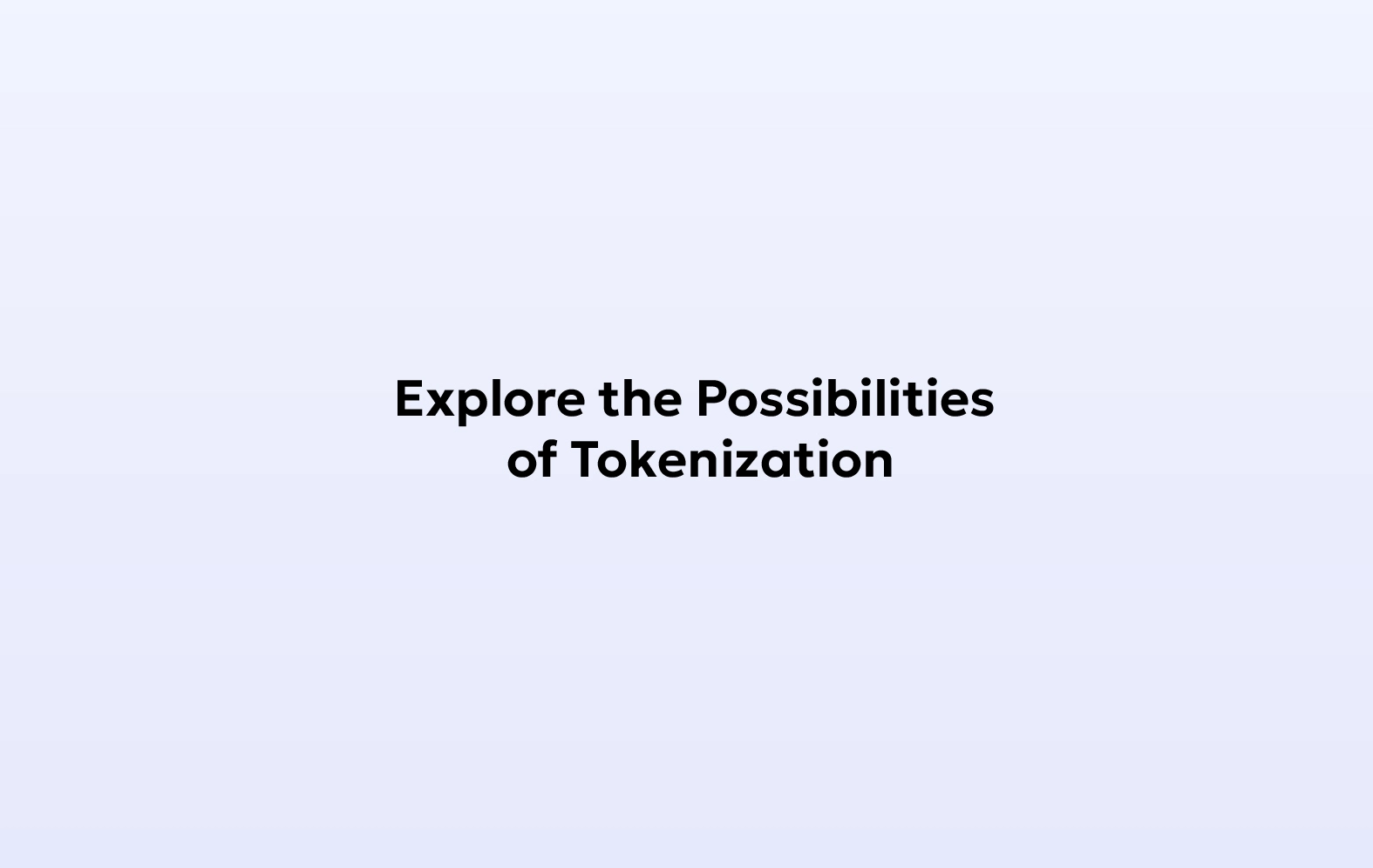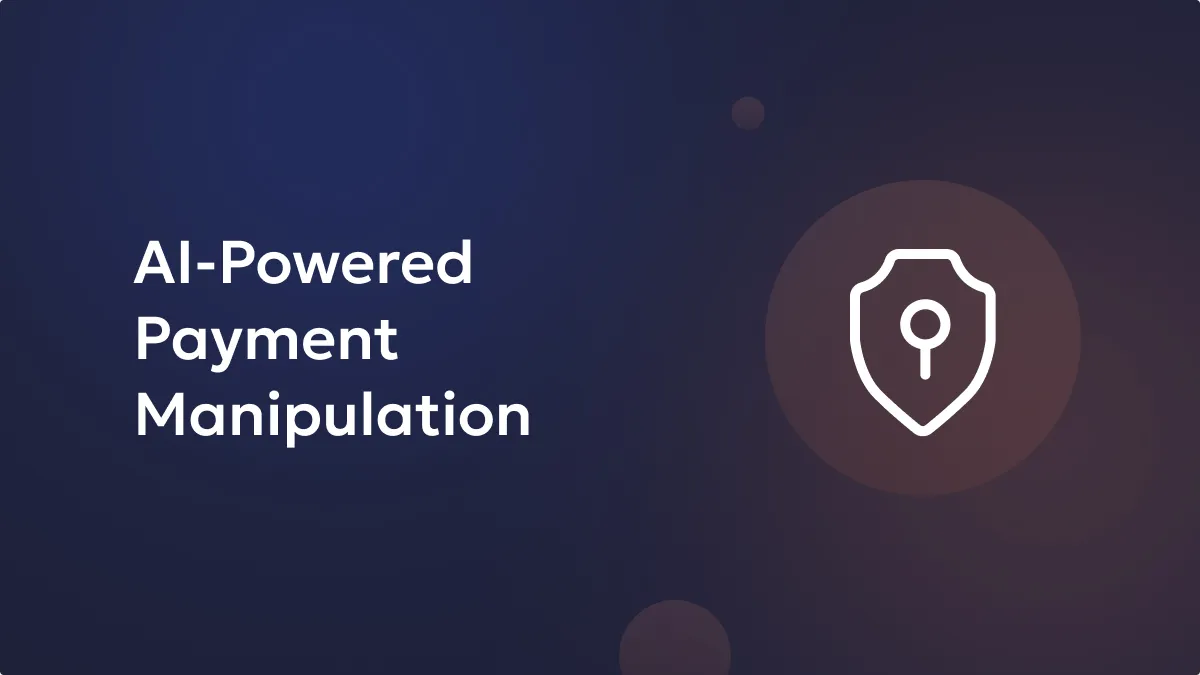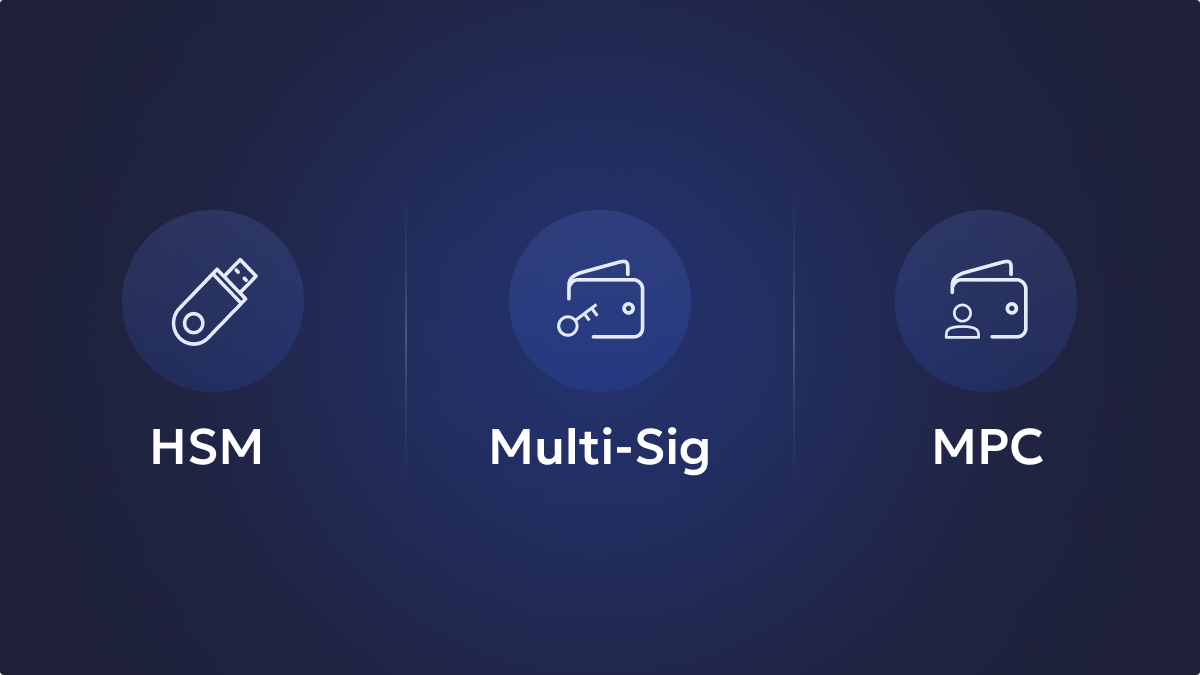The tokenization of real-world assets has become a focal point of blockchain industry attention. In essence, tokenization involves converting rights or units of asset ownership into digital tokens on a blockchain. This process extends to regulated financial instruments like equities and bonds, tangible assets such as real estate and precious metals, and even intellectual property, including the tokenization of copyrights for works of authorship like music. The advantages of crypto tokenization become particularly evident in the case of assets not presently traded electronically, such as works of art or luxury cars. Additionally, assets requiring heightened transparency in payment and data flows stand to benefit from tokenization, enhancing their liquidity and tradability in the market.
Key takeaways:
- Asset tokenization involves the issuance of a digital representation of an asset on a typically public or private blockchain.
- Assets eligible for tokenization include physical assets such as real estate and art, financial instruments like equities and bonds, intangible holdings like intellectual property, and identity and data.
Unlock the potential of digital assets for your institution
What Is Asset Tokenization?
Asset tokenization is the transformative process wherein ownership rights of an asset are digitized and represented as tokens, securely stored on a blockchain. These tokens function as digital certificates of ownership, capable of embodying a wide range of valuable entities, encompassing physical, digital, fungible, and non-fungible assets. Using tokenization in blockchain ensures that asset owners can maintain custody if held in their secure cryptocurrency wallets.
The potential of asset tokenization is promising in the long term, and significant strides have already been made towards its adoption. Leading enterprises, including McKinsey, Boston Consulting Group, BlackRock, and EY, have conducted studies affirming its disruptive potential across various industries, particularly within the global securities sector. Microsoft and Vanguard have further underscored this trend by either announcing or implementing projects involving the crypto/ NFT tokenization of industrial assets and securities. Consequently, asset tokenization is one of the most widely embraced blockchain use cases, achieving tangible adoption in real-world enterprise scenarios.
To comprehend the mechanics and significance of asset tokenization, revisiting the fundamentals of Web3 technology is essential. Smart contracts, secured by cryptography, are digital agreements created through code and stored on the highly secure blockchain database. The issuance of tokens involves the development of a smart contract on a blockchain, mapping positive balances to wallet or smart contract addresses, accompanied by functions that empower users to control those addresses to manipulate these balances.
Secure and manage your digital assets with Liminal
Notable Examples of Asset Tokenization:
● Real-world asset tokenization: Assets like fiat currency, equities, T-bills, credit, commodities, carbon credits, intellectual property, and fine art can be tokenized and stored on a blockchain, resembling bearer assets that confer ownership claims over tangible assets. Unlike traditional bearer assets, physical asset tokenization allows for storing, trading, and utilizing assets as collateral across blockchain networks.
● Digital asset tokenization: Assets existing solely in a digital form on a blockchain, crucial to Web3, include cases like representing DAO governance rights and cross-chain assets. Being entirely digital, tokenized assets on a blockchain grant outright ownership to the holder rather than a claim on the underlying asset.
● In-game asset tokenization: A subset of digital asset tokenization, this involves representing in-game assets like skins, weapons, or in-game currencies used in GameFi projects or metaverses as tokenized assets.
The Advantages of Tokenization
Cryptographic tokens offer users a range of benefits that can be categorized into three primary areas:
● Improved Liquidity: Tokenizing assets broadens their accessibility to a larger audience, thereby increasing market liquidity. This eliminates the “liquidity premium” associated with traditionally challenging or time-consuming-to-sell investments, such as fine art or real estate. Tokenized assets, designed for online exchange, allow investors to acquire fractional ownership, contributing to the liquidity of existing markets and offering a more extensive array of investment opportunities to a wider investor base.
● Expedited, Cost-Efficient Transactions: Crypto tokens facilitate transactions without the need for intermediaries and other middlemen commonly involved in traditional asset management processes. This bypassing of intermediaries reduces transaction costs and processing times, streamlining the transfer of value. Additionally, being blockchain-based, crypto tokens can be traded 24/7 globally, enhancing the efficiency and cost-effectiveness of transactions.
● Transparency and Verifiability: The blockchain-based nature of crypto tokens enables users to easily trace their origin and transaction history through cryptographically verifiable means. Transactions are automatically recorded on the blockchain, and the immutability and transparency inherent in blockchain technology ensure the authenticity of each token’s history. These features contribute to reliability unmatched by most other digital assets.
Crypto tokens facilitate the transfer, storage, and verification of information and value efficiently and securely. While the implications of asset tokenization are substantial in the financial services sector, the technology holds equal value for smaller investors and individuals seeking enhanced market access and more effective ways to leverage their existing assets.
Asset Tokenization Process
The tokenization of an asset involves a structured sequence of four key steps:
● Asset Sourcing: The initial phase of crypto tokenization necessitates a comprehensive understanding of how to tokenize the specific asset in question. This process varies depending on the nature of the asset, such as tokenizing a money market fund versus tokenizing a carbon credit. Critical considerations include determining whether the asset falls under a security or commodity classification and identifying the relevant regulatory frameworks.
● Digital Asset Issuance and Custody: A secure facility neutral to both parties is employed to house the physical asset for assets with a physical counterpart. Subsequently, a token, a network, and compliance functions are selected to collectively form a digital representation of the asset on a blockchain. Access to the digital asset is securely stored pending distribution.
● Distribution and Trading: Investors must create a secure wallet to safeguard their digital assets. Depending on the nature of the asset, a secondary trading venue, characterized as an alternative to an official exchange with a more lenient regulatory framework, may be established for the asset.
● Asset Servicing and Data Reconciliation: Following the distribution of the asset to the investor, ongoing maintenance becomes imperative. This entails activities such as regulatory compliance, tax considerations, accounting reporting, notification of corporate actions, and other relevant responsibilities to ensure the continued integrity and functionality of the tokenized asset.
The Technological Foundation of Asset Tokenization
● Blockchain: At the core of asset tokenization, blockchain is an indispensable component. Beyond blockchain, a resilient ecosystem of complementary technologies is crucial for seamless operations and realizing its full potential.
● Smart Contracts: Smart Contracts play a pivotal role in the process of Asset Tokenization. These automated contracts, dictated by predefined criteria, operate without human intervention. Envision a real estate token utilizing smart contracts to automatically deposit monthly rents for investors or an art token compensating creators with royalties upon resale. Consider community-owned historically significant items benefiting from this technology, like an antique vehicle or fort. For instance, a movie producer might pay a substantial fee to rent these items for a historical drama, creating a mutually beneficial arrangement for all stakeholders. Provenance, smart contracts, and Blockchain collectively establish the framework for tokenized asset ownership.
● Oracles: As a bridge between the digital and physical realms, oracles furnish the real-world data necessary for the effective functioning of smart contracts. Whether monitoring temperatures in a warehouse storing tokenized goods or validating the authenticity of a physical work of art represented by tokens, oracles ensure precise and reliable information, triggering the appropriate events.
● Decentralized Exchanges (DEXs): Using intermediaries becomes unnecessary with Decentralized Exchanges or DEXs. DEXs eliminate reliance on traditional exchanges and associated fees by directly allowing users to trade tokenized assets. Peer-to-peer trading fosters a secure transaction environment, and grants investors increased autonomy, control, and transparency. Understanding the collaborative interplay of Blockchain with diverse auxiliary technologies is key to grasping the intricacies of asset tokenization.
Conclusion
Asset tokenization is one of the most compelling and potentially impactful applications of blockchain technology. The realization of its full potential, however, hinges on the availability of robust and secure oracles and blockchain infrastructure. With reliable oracles and blockchain systems, the value generated through tokenization is unrestricted, and the risk of centralization undermines the core value proposition that this technology aims to deliver. The deployment of decentralized ledgers and oracles, enabling access to real-world information, is essential for unlocking the complete potential of this promising technology and adding substantial value to assets globally.






